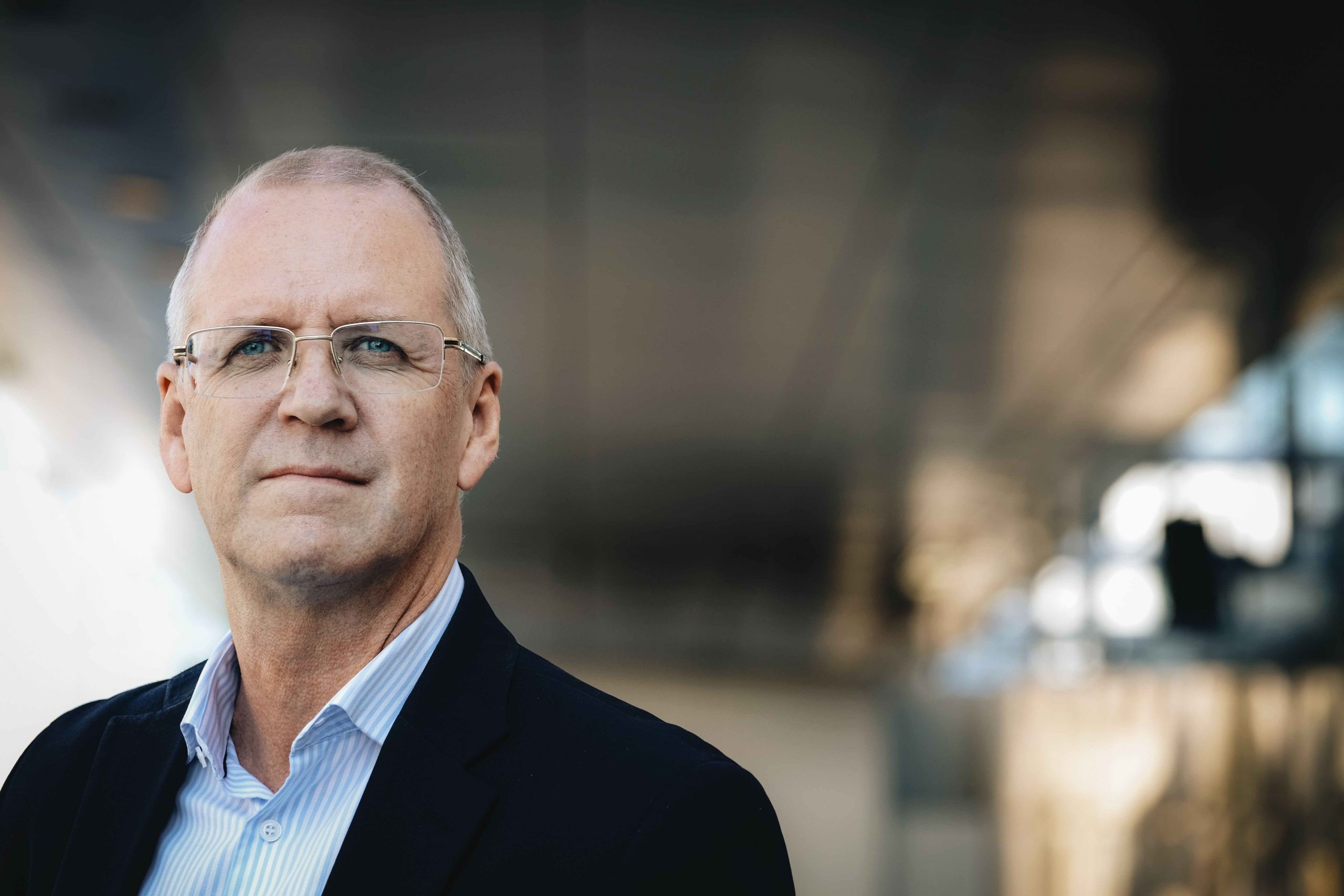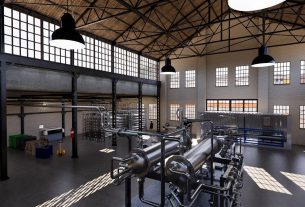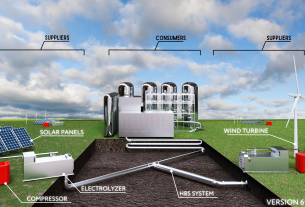Belgium – In the upcoming years Ineos will build an ethane cracker in the port of Antwerp. A multi-billion dollar investment the European chemical industry has not seen in decades. And despite all the criticism, it will be significantly cleaner than any other European cracker. And by the mid-thirties the cracker can be completely carbon neutral, project director John McNally expects.
The new cracker should be operational by 2026. The feedstock is ethane, a by-product of natural gas extraction. As a result of the shale gas revolution, several ethane crackers have already been built in the United States. And in Europe, some crackers have now been modified to include ethane as a feedstock, such as Total’s modified cracker in Antwerp. But there was no specially designed ethane cracker yet. And Ineos is going to change that in the coming years.
58 percent less
Traditionally crackers run mainly on naphtha, one of the products from a petroleum refinery. The production of ethylene from ethane is much more direct. Simply put, from each molecule of ethane, a molecule of ethylene (C2H4) and a molecule of hydrogen gas (H2) are produced. An additional advantage is that the hydrogen, which is released in greater quantities than in the cracking of naphtha, can act as a fuel. Ineos has also opted for this. McNally: ‘With the hydrogen we can immediately replace sixty percent of the natural gas we would normally need. Because we have consistently opted for today’s best available technologies, the cracker will soon emit 58 percent less CO2 than the ten percent cleanest competing plants in Europe. And the difference with an average cracker is even greater. We will soon be emitting only a third of what is currently average for European crackers.’
Green hydrogen
It is even possible that the cracker will be completely CO2 neutral by 2036. The installation is designed to run entirely on hydrogen as a fuel. ‘If much more green hydrogen soon becomes available in Antwerp, we will eventually be able to replace the other forty percent as well.’ McNally estimates that after the cracker is commissioned in 2026, it could be a decade before there is enough affordable green hydrogen available. ‘I can’t really estimate that well, of course. Things could go very quickly with hydrogen. And perhaps blue hydrogen, in which the CO2 is captured and stored, could also play a role. And I would not rule out import from countries where hydrogen can be produced relatively cheaply.’
A full interview with John McNally will be published in early February.





